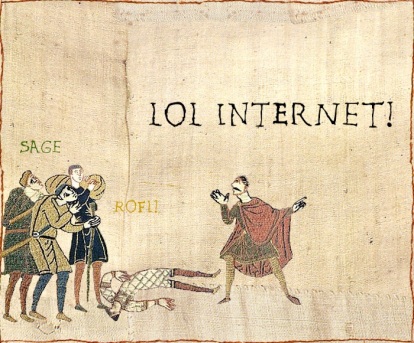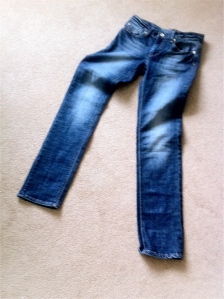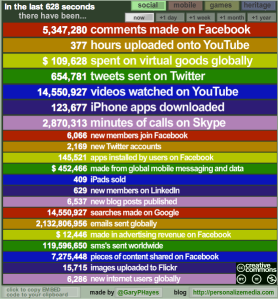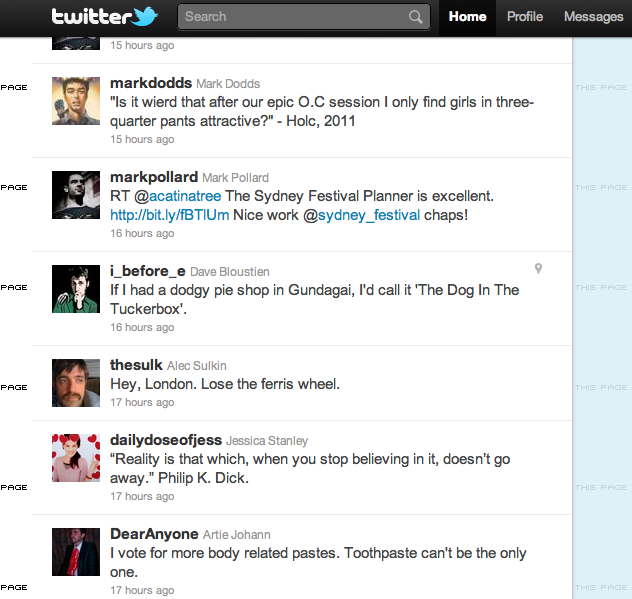Anyone else feel sort of trapped by technology?
For me, having owned an iPhone for only a couple of months now, the honeymoon is pretty much over. My phone goes everywhere with me, sort of like a newborn or an extremely demanding puppy. Even at home or at work, I drag it around from room to room, to the kitchen on the TV. To the bathroom, too, at times. Is that weird? If it’s not weird, it should be.
I feel like if my phone broke, I would just die.
But it’d also, I suspect, prove kind of cathartic.

Recently, in San Francisco, the artist Michael Tompert exhibited a series of photographs of destroyed Apple products. There’s an iPhone 3G blown apart with a Heckler & Koch handgun. There’s an iPad boiled from the inside with a soldering iron. There’s a series of lolly-coloured iPod Nanos carefully placed on a railway track and crunched beneath a goods train.

Seeing these made me swoon.
And whether or not you agree that the photographs are artistically meritorious (and there’s plenty of angry debate about it online), it’s hard to argue that they’re not powerful.

Tompert apparently got the idea after getting his two sons an iPod touch for Christmas. He said the boys fought over one of the devices, which had a certain game on it. Fed up, Tompert said he grabbed one of the iPods and smashed it on the ground.
“It was supposed to make them happy but it didn’t,” said Tompert. “I wanted to show them it was a just a thing…”
Thingness is what technology, by and large, aims to overcome. It allows us to deny the limitations of physics and speak face to face, for example, with a family member thousands of kilometres away, or create endlessly reproducible images of a single scene, or navigate confidently through a place we have never before visited.
Things are physical; technology is not. As Tompert found, many of the Apple products are “practically indestructible.” It’s easy to cause them to malfunction, maybe – this, after all, is one of the things that makes us mad – but physically, technology seems to exist on a higher plane than all the other everyday things that surround us – a chair, a pen, a brick, a leaf.
Hence such awesome satisfaction in smashing it all up.

Apparently, one of the significant social impulses in the coming months (thanks JWT’s Trend Report) will be “de-teching” – “the attempt to re-engage in the offline present”. I definitely get this.The whole idea of an offline world set in opposition to the shimmering promise of total connectivity is one which feels both intuitively correct and dramatically (think The Social Network) fruitful.
I’m reminded of the ‘Will It Blend?’ web videos from Blendtec. Such a simple idea: let’s see if an unexpected object can be turned into a smoothie. And the most compelling episodes, I think, are those that blend something electronic – a laser pointer or a camera or, indeed, an iPad – tapping into that tension between the function and the form, between the software and the cadmium-and-aluminium hardware that makes it all work.

One day, when my phone dies, I am going to try to transform it back from tech to thing.
Maybe I will turn a crème brulee torch on it, or mash it with a brick, or fillet it with a steak knife.
Blend it, possibly?
Or turn into into an artwork?
What would be the best, most satisfying way to destroy a phone?



















